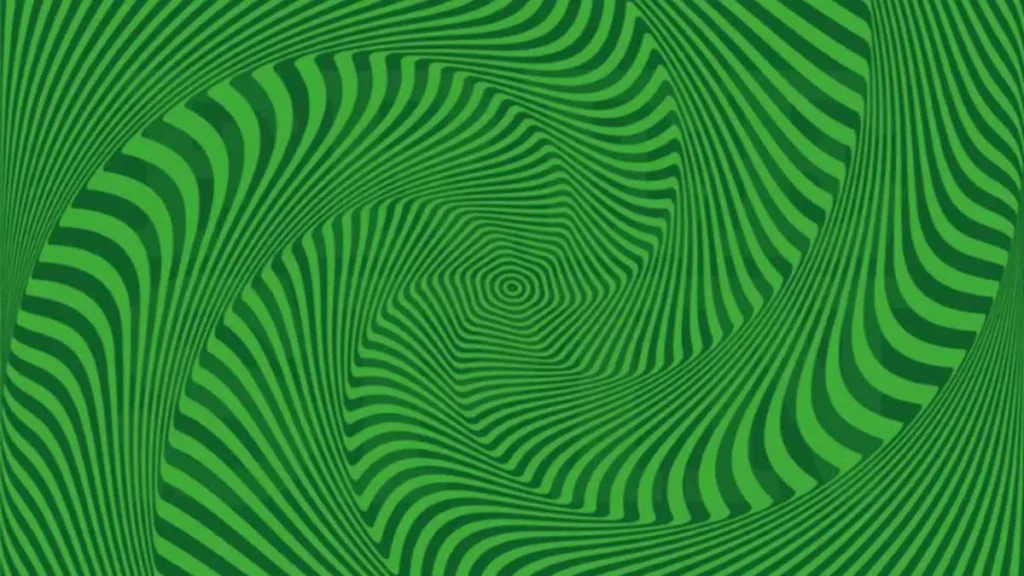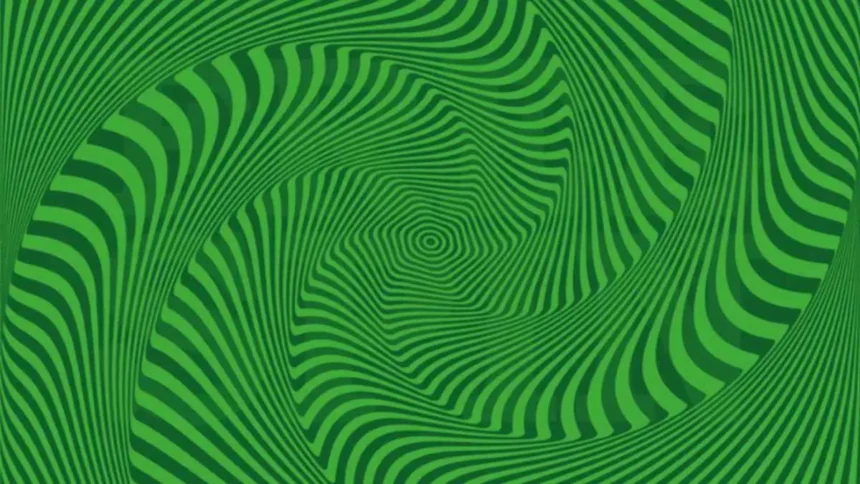Optical illusions have long fascinated humanity, challenging our perceptions and teasing our brains with visual tricks.
From simple patterns that appear to move to complex images that seem to change before our eyes, optical illusions offer a captivating glimpse into the inner workings of our visual system.
Among these illusions are hidden word puzzles, which not only entertain but also serve as a fascinating test of our vision and cognitive abilities.
In this article, we delve into the world of optical illusions, exploring the science behind them and presenting a unique challenge: finding two hidden words in nine seconds.
Through understanding the principles behind these illusions and engaging with the challenge, we can gain insights into the intricacies of human vision and perception.
Understanding Optical Illusions:

Before we embark on the challenge of finding hidden words, it’s essential to grasp the fundamentals of optical illusions.
At their core, optical illusions exploit the way our brains interpret visual information, often leading to perceptions that deviate from reality.
This discrepancy between what we see and what exists in the physical world lies at the heart of many optical illusions.
One of the key concepts underpinning optical illusions is Gestalt psychology, which emphasizes how the human brain organizes visual information into meaningful patterns.
According to Gestalt principles, our brains tend to perceive objects as whole entities rather than individual components.
This tendency can result in illusions such as figure-ground reversal, where the perception of an object alternates between foreground and background.
Additionally, optical illusions frequently leverage principles of depth perception, color perception, and contrast to create visual paradoxes.
By manipulating these variables, illusionists can craft images that challenge our understanding of space, shape, and form.
The result is a rich tapestry of visual phenomena that captivates and confounds observers.
The Challenge: Finding Hidden Words in Nine Seconds
Now, let’s turn our attention to the challenge at hand: finding two hidden words in nine seconds.
This task may seem straightforward at first glance, but as we’ll soon discover, it requires a keen eye and a sharp mind to unravel the mystery concealed within the illusion.
Below is the image containing the hidden words:
[Image: A visually complex pattern with seemingly random shapes and colors.]
As you gaze upon the image, you may notice a jumble of colors and shapes, seemingly devoid of any discernible meaning.
However, hidden within this intricate design are two words waiting to be discovered. Your task is to identify these words within the given time limit of nine seconds.
The Science Behind the Illusion:
To understand how this illusion works, let’s consider the principles of visual perception at play.
The image is carefully crafted to disrupt the normal process of object recognition in the brain.
Instead of presenting clear, distinct forms, the pattern obscures the words within a sea of visual noise.
Our brains are adept at recognizing patterns and extracting meaningful information from complex stimuli.
However, when faced with stimuli that lack clarity or coherence, such as in this illusion, the brain may struggle to parse the visual input effectively.
This phenomenon is known as visual noise interference, where extraneous details obscure the target stimulus.
In the case of this illusion, the hidden words are camouflaged amidst the chaotic array of shapes and colors.
To uncover the words, observers must overcome the interference caused by the surrounding visual noise and focus their attention selectively on the target stimuli.
This process requires rapid cognitive processing and the ability to filter out irrelevant information—a task that becomes increasingly challenging within the constraints of a nine-second time limit.
Solving the Challenge:
As the clock ticks down, you may feel a sense of urgency as you scan the image for clues.
Your eyes dart across the pattern, searching for any semblance of order amidst the chaos.
With each passing second, the pressure mounts, fueling your determination to crack the code and uncover the hidden words.
Suddenly, a flicker of recognition ignites in your mind as you zero in on a promising cluster of shapes.
Your brain races to decipher the meaning behind the arrangement, piecing together fragments of the puzzle in a desperate bid to beat the clock.
With just seconds to spare, you lock onto the first hidden word, savoring the rush of satisfaction that accompanies your discovery.
But the challenge is far from over. With one word down, you refocus your attention and delve deeper into the visual maze, hunting for the elusive second word.
Time seems to stand still as you scour the image with renewed intensity, determined not to let the opportunity slip away.
And then, in a moment of clarity, it appears before you: the second hidden word, emerging from the depths of the illusion like a beacon of triumph.
Reflections on Perception and Cognition:
As you reflect on your experience with the challenge, you may find yourself pondering the mysteries of perception and cognition.
What allowed you to successfully identify the hidden words within the allotted time?
Was it your keen observational skills, your ability to think quickly under pressure, or perhaps a combination of both?
The truth is that solving optical illusions such as this one requires a multifaceted approach, drawing upon various cognitive processes and perceptual mechanisms.
From visual attention and pattern recognition to problem-solving and decision-making, the brain engages in a complex interplay of functions to decode the illusion and extract meaning from the visual stimulus.
Moreover, the experience of solving the challenge highlights the subjective nature of perception.
What may seem obvious to one observer may elude another, underscoring the variability and malleability of human perception.
Optical illusions remind us that reality is not always as it appears and that our perception of the world is shaped by a myriad of factors, including context, expectation, and individual differences.
Conclusion:
In the realm of optical illusions, hidden word puzzles stand as intriguing tests of our visual acuity and cognitive prowess.
By engaging with these illusions, we gain insights into the complex interplay between perception, cognition, and the underlying mechanisms of the visual system.
Whether solving puzzles for amusement or exploring the science behind the illusions, the journey offers a captivating glimpse into the inner workings of the human mind.
As you embark on your own exploration of optical illusions, remember to approach the challenge with an open mind and a sense of curiosity.
With each illusion encountered, you’ll uncover new facets of perception and cognition, enriching your understanding of the remarkable complexities that govern our experience of the world.
So, sharpen your senses, embrace the mystery, and prepare to be amazed by the wonders of optical illusions.

